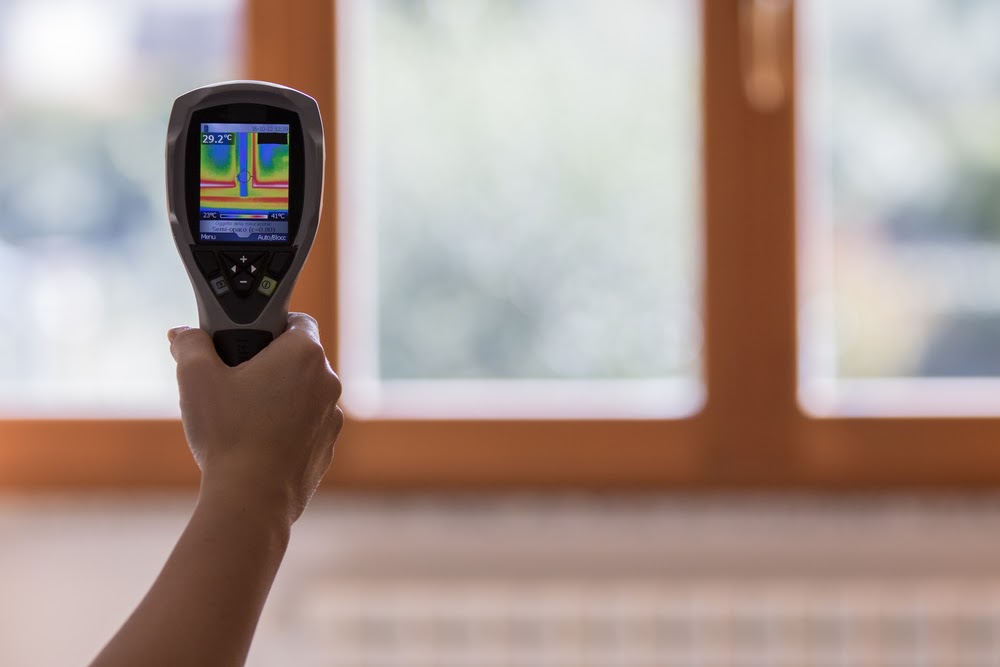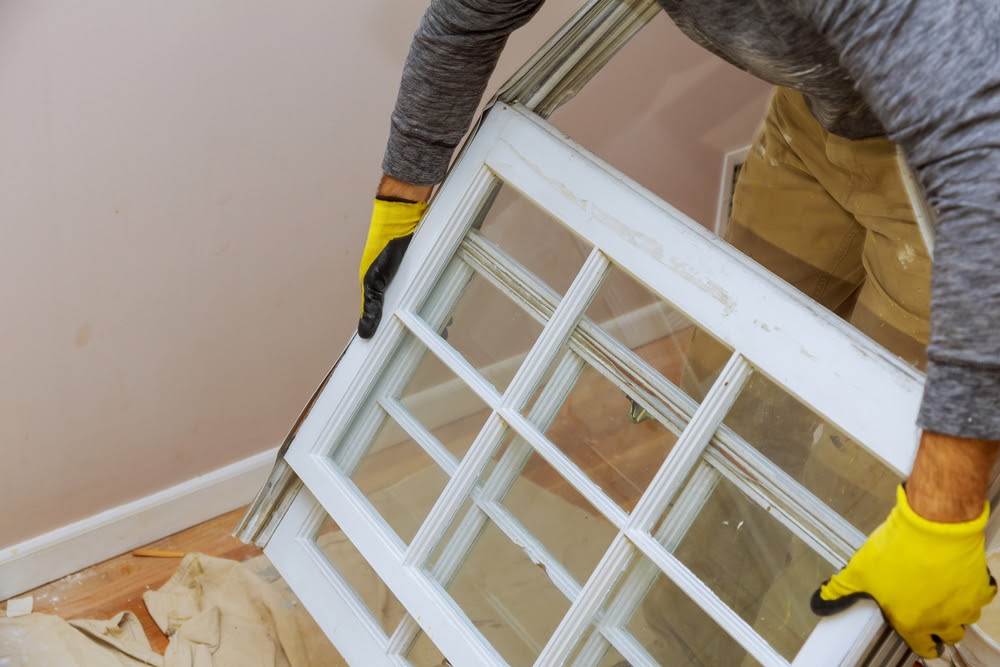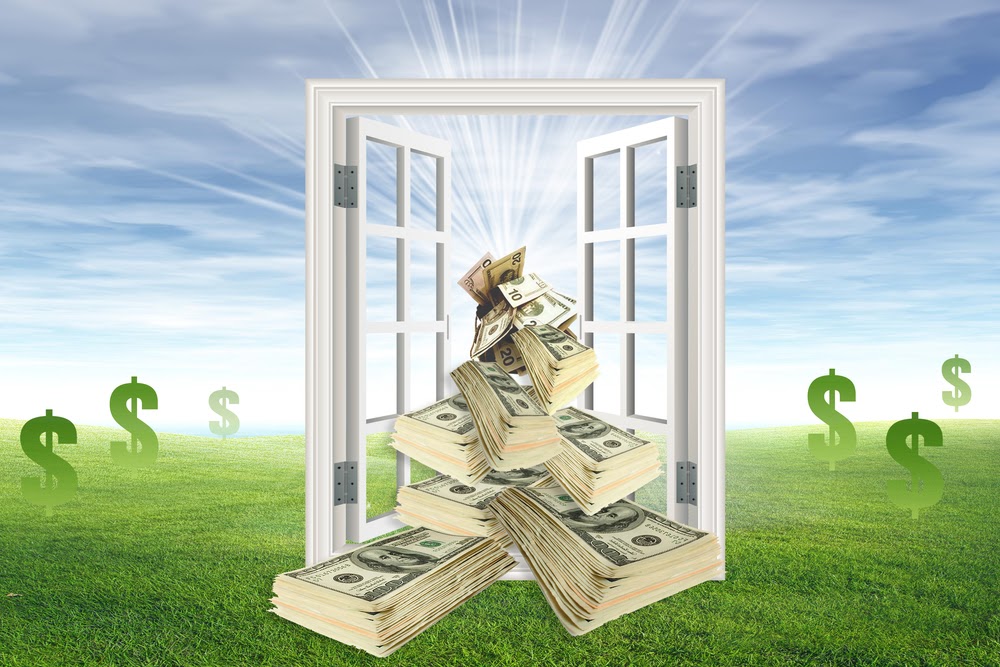What are Energy-Efficient Windows?
Homeowners who live in an older home may notice that some rooms feel a bit drafty. When insulation isn’t an issue, and the furnace works perfectly fine, what could be the issue? Older homes or even newer homes might have a window issue; not all windows keep out the elements, and some panes are poorly insulated.
Energy-efficient windows could be an upgrade that these homeowners might consider to help decrease the energy waste and lower their heating and cooling costs, too. What are energy-efficient windows?
When the standard panes have become an energy-draining pain, here’s everything homeowners need to know about upgrading.

What Makes a Window Energy-Efficient?
Energy-efficient windows offer more protection from the heat and the cold than standard panes. These windows offer multiple features that allow them to conserve energy.
These windows are constructed in such a way that ensures that cold air doesn’t creep in during winter months or out (in the case of air conditioning during summer). The heat from outside doesn’t warm up the inside during summer. During winter, the windows also keep the warm air in.
ENERGY STAR explains that energy-efficient windows include these features:
- The materials used for the frame offer more insulation and less transfer of heat
- Layered panes add more insulation; typically, energy-efficient windows will feature double panes, and between each pane is gas or air to provide more insulation.
- Panes are treated with a unique coating to reflect light; warm air is protected inside during winter and kept out during the hot summer
- Special spacers are used to ensure panes are properly distanced. Spacers also can add insulation.
What Ratings are Important for Energy-Efficient Windows?
Windows are rated by the National Fenestration Rating Council (NFRC) for energy efficiency. For windows, scores for energy efficiency will differ based on climate zones. Windows have two different numbers that consumers need to know: the U-Factor and the Solar Heat Gain Coefficient (SHGC).
The number associated with the U-Factor should be higher, while the SHGC should be lower. The U-Factor measures how well the glass keeps in heat (for winter), the SHGC is how well the window keeps out heat (for summer).
Different areas of the country will have different U-Factor and SHGC recommendations. In the North, for example, if a window has a U-Factor of equal to 0.29, it should have an SHGC of greater than or equal to 0.37. In the South, if a window should have a U-Factor of less than or equal to 0.4, and the SHGC should be less than or equal to 0.25.

How Much Will Homeowners Spend for Energy-Efficient Windows?
The most important question that homeowners might have related to energy-efficient windows is probably the most obvious, too: how much do these windows cost?
According to Sears Home Services, homeowners should estimate spending anywhere from a few hundred dollars ($300) up to $1,000 on each window. For many homeowners, this could be an expensive upgrade if they replace every window in their home.
Homeowners on a budget, could opt to tackle one room at a time. If bedrooms are feeling too warm in summer and too chilly during winter and there are no other issues related to insulation, these rooms might be the first for upgrades.

How Much Will Homeowners Save by Upgrading to Energy-Efficient Windows?
When homeowners are investing hundreds or even $1,000 to replace a single window, they will want to know that they will eventually save money on that investment.
The good news is that savings could really add up for each window. Savings is most significant when homeowners are upgrading old single pane energy-draining windows to new energy-efficient double pane windows; this upgrade can nudge down yearly energy costs by between $126 to $465.
NPR interviewed a homeowner who replaced her old windows (single pane) for new energy efficient options for just the back of her home. Even just by replacing windows in one area of her home, NPR reported that she saved between $25 to $50 on monthly heating costs.
Making Windows More Energy Efficient
Some homeowners don’t have the budget to upgrade to energy-efficient windows. There are tips for improving the energy-efficiency of windows; while homeowners might see significant savings, they may be able to reduce drafts and increase insulation.
Many home stores sell film that can be installed over each window to act as a seal against the weather. These insulation films are easy to apply and are fairly inexpensive.
Homeowners also may experience drafts because of other issues. Old House Online explains that the attic of an older home may be the cause of those cold drafts. In this case, homeowners may need to add more insulation to the attic.
If homeowners are unsure why a room is feeling colder during the winter, they may need to do a home energy audit. Homeowners can download benefyd to help them find energy drains in every room in their home. benefyd will prompt homeowners to enter recent energy data about their home (keep the most recent electric, gas and water bills nearby), and homeowners also will be instructed to snap a photo of every room in their home (a home ‘selfie’).
The app will identify any energy drains and give homeowners more tips on how to cut costs. If the windows are a problem, benefyd will find out. The app also can help homeowners find any rebates that could help them offset the costs of those new windows!


